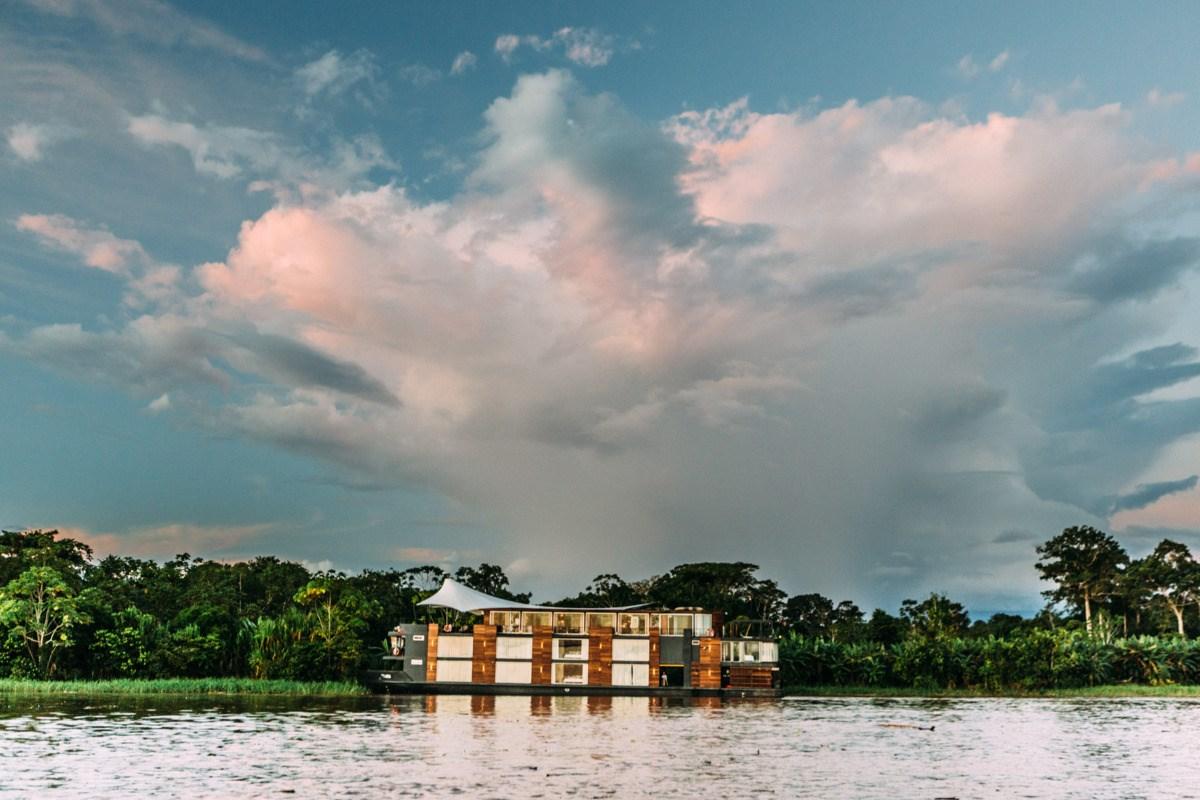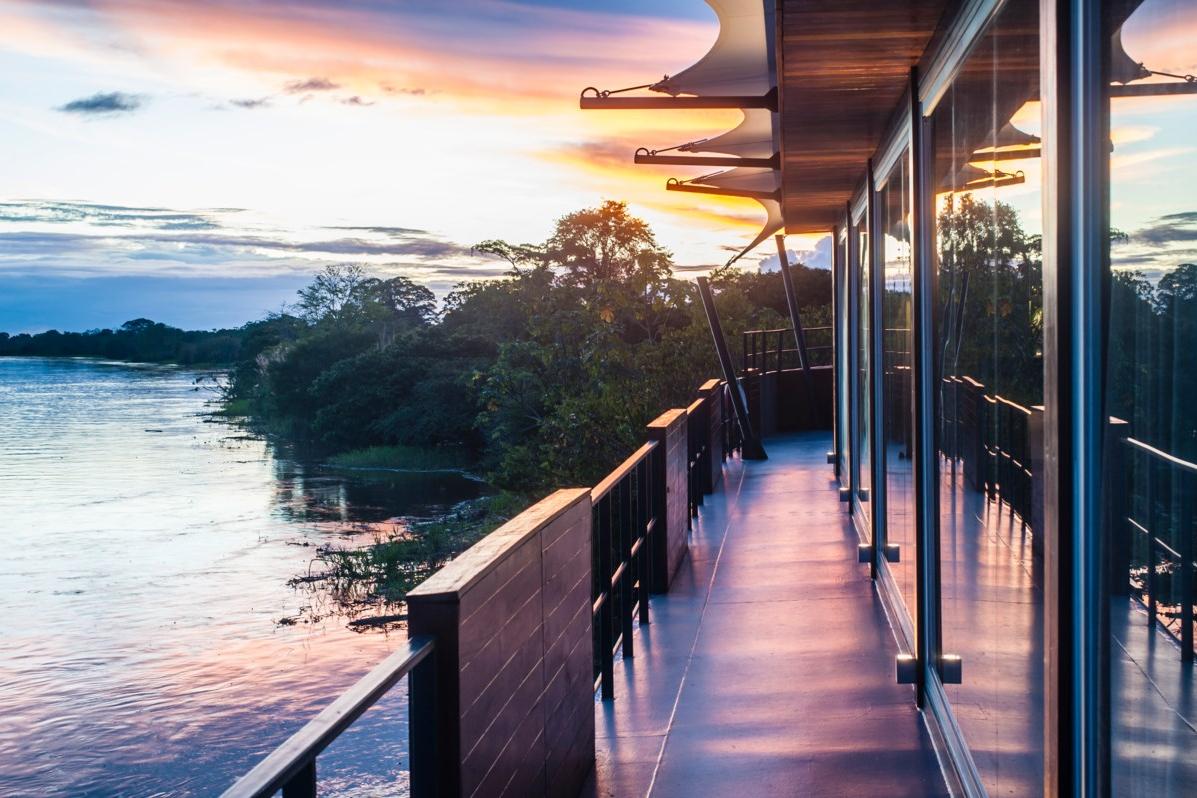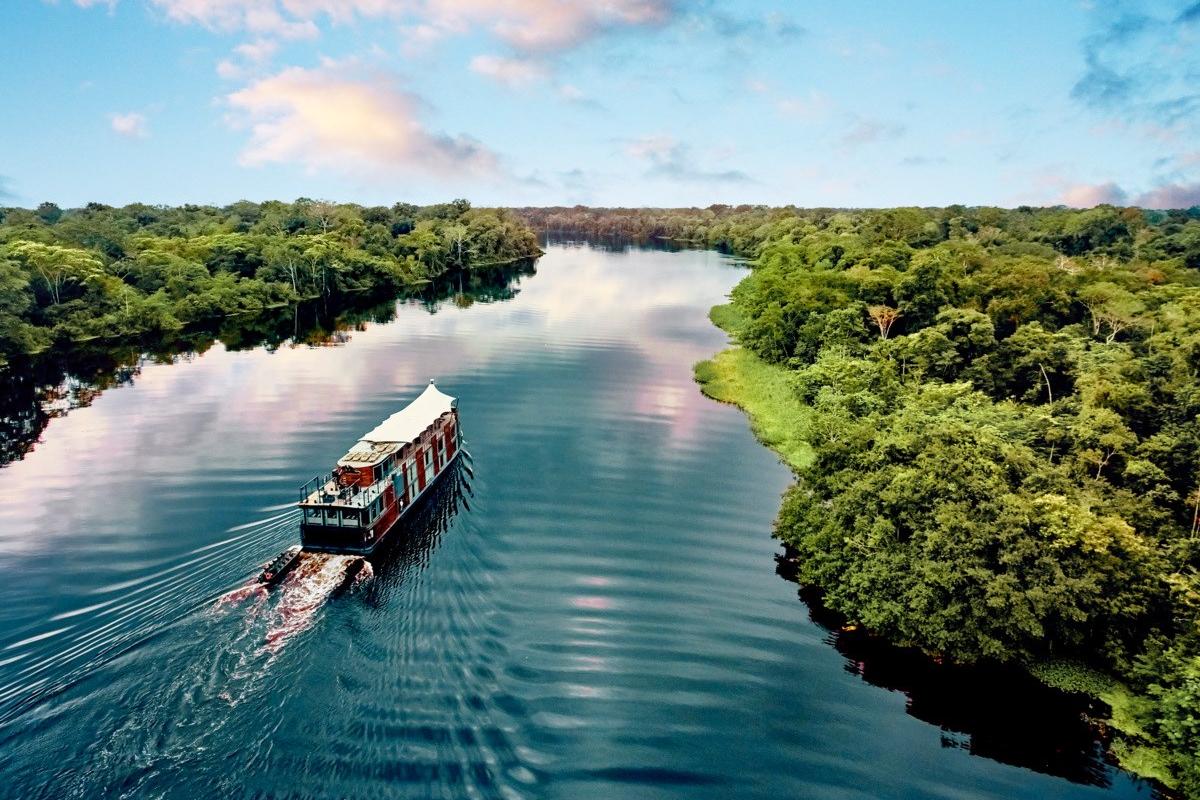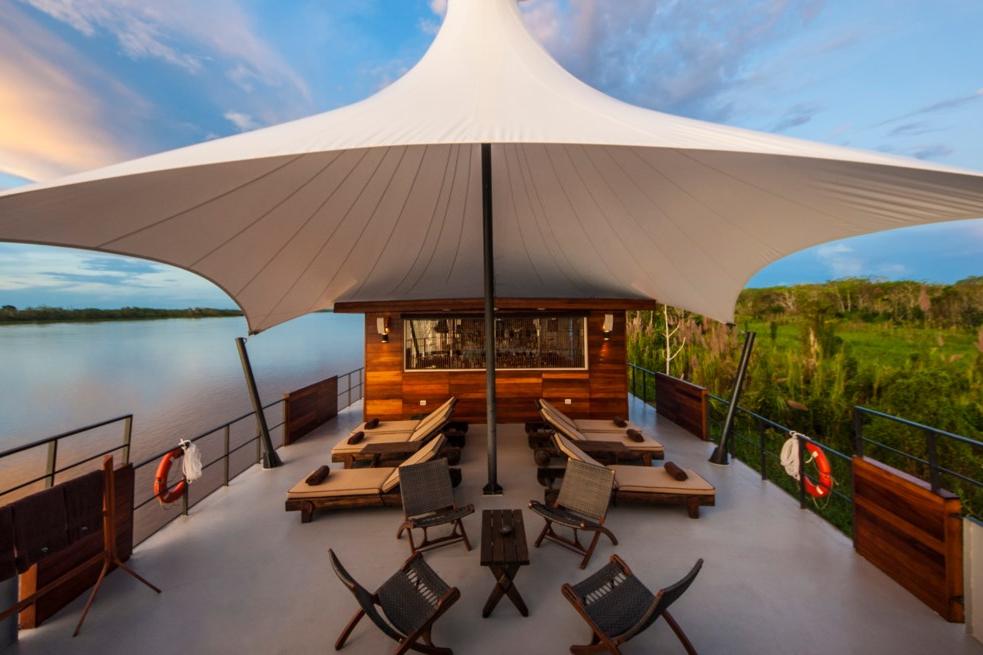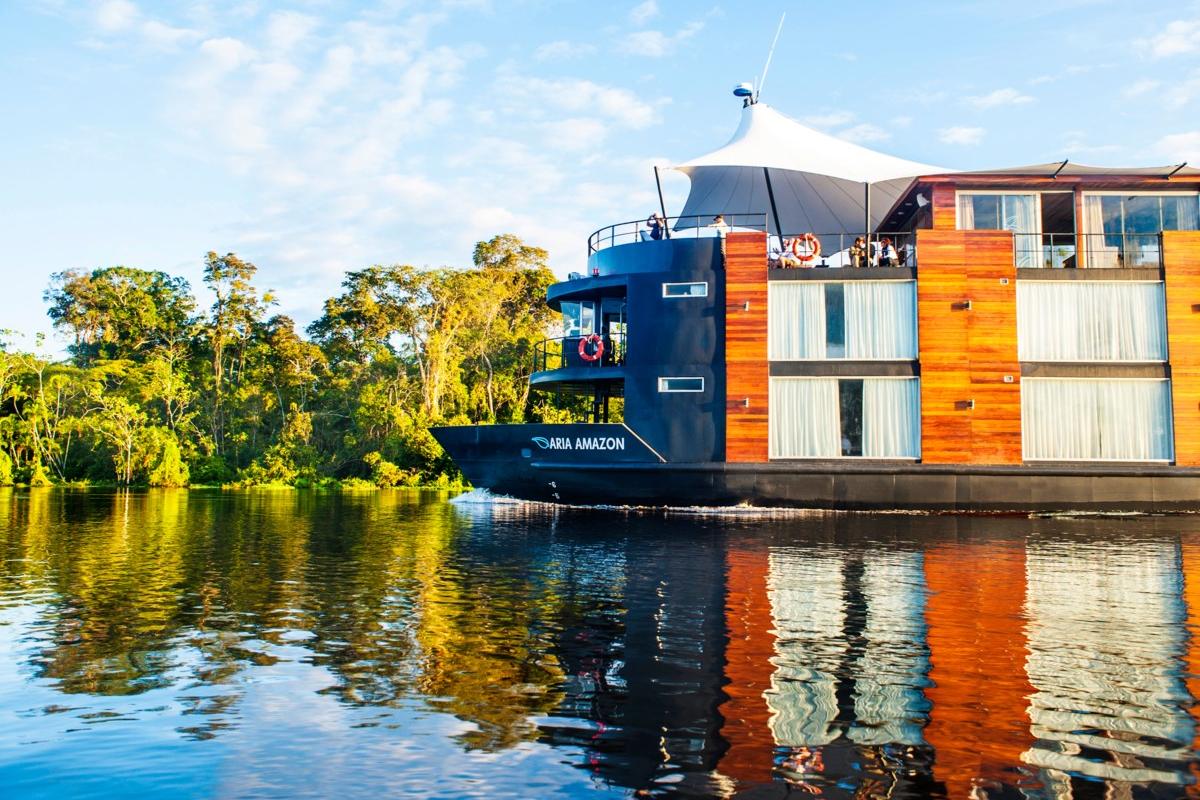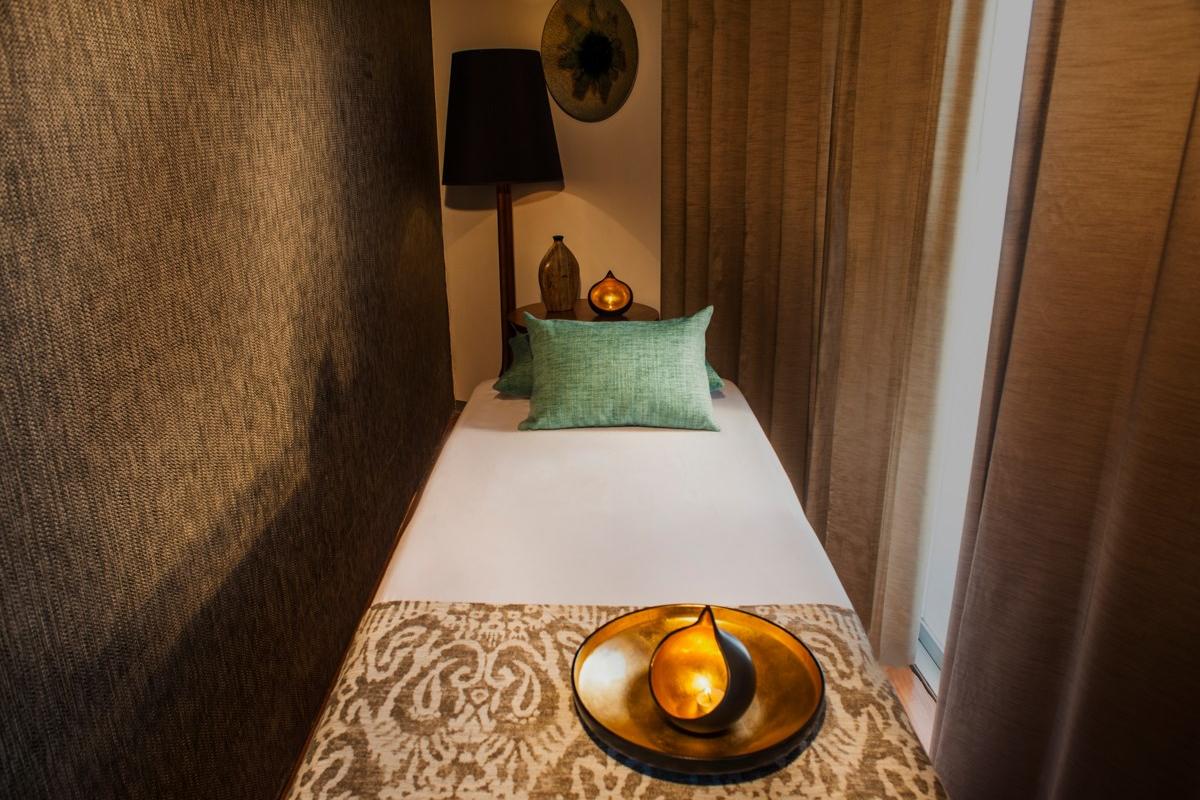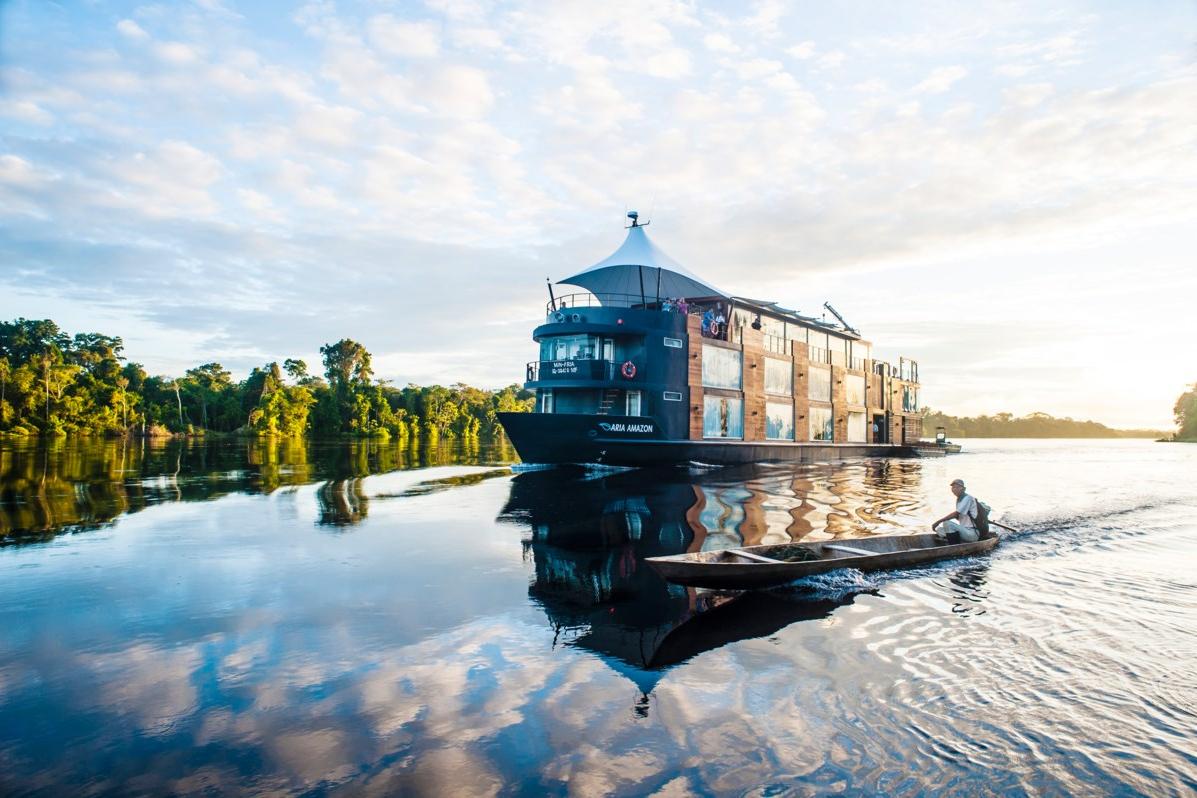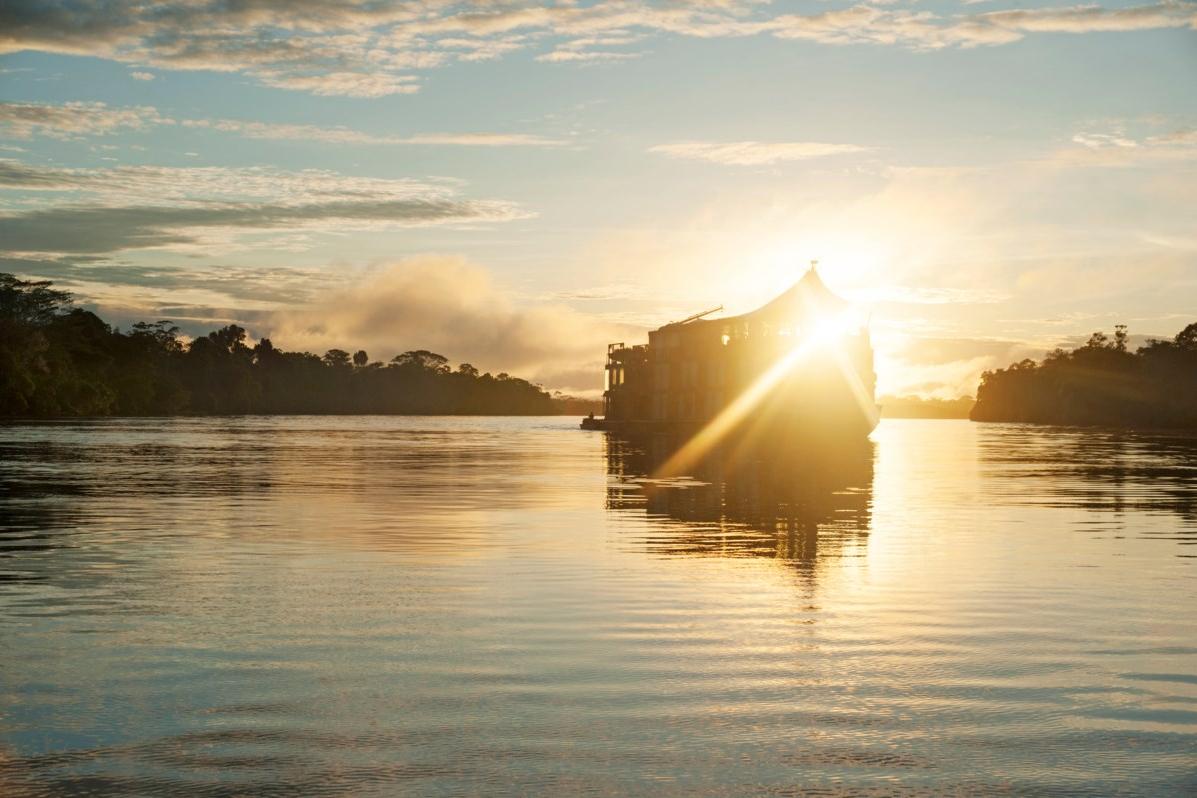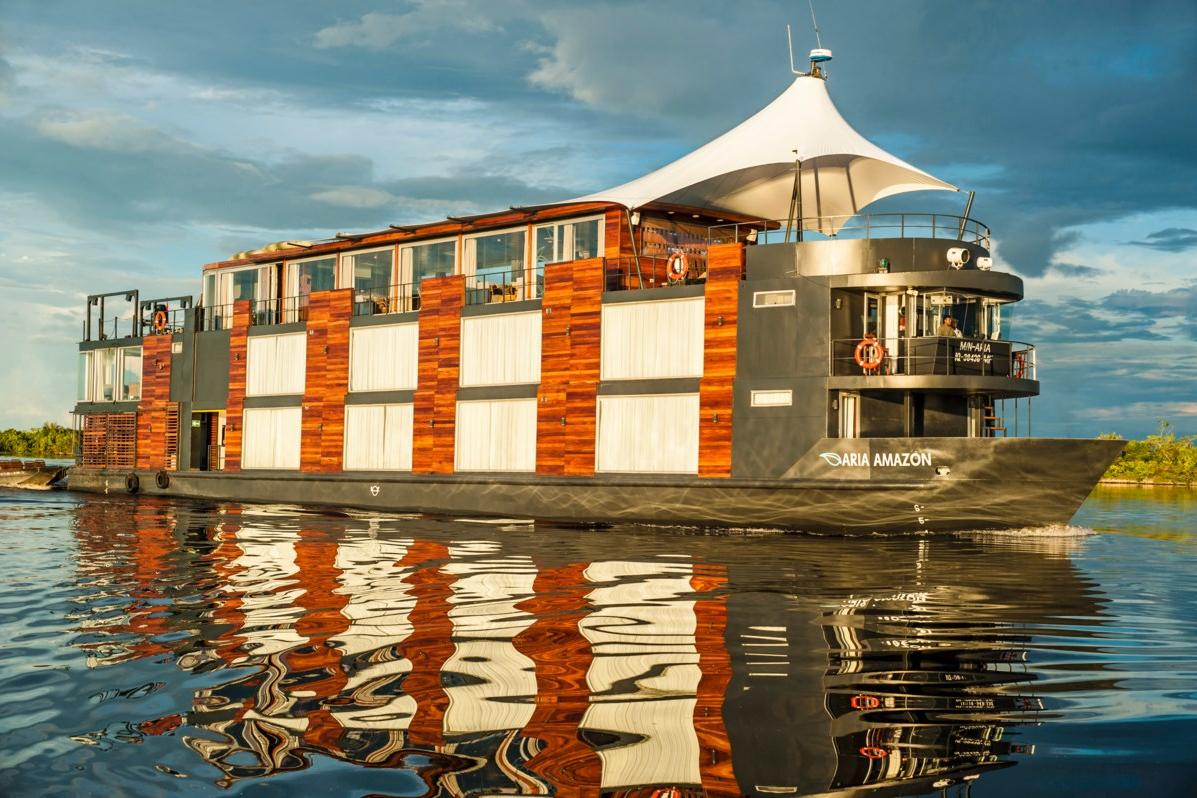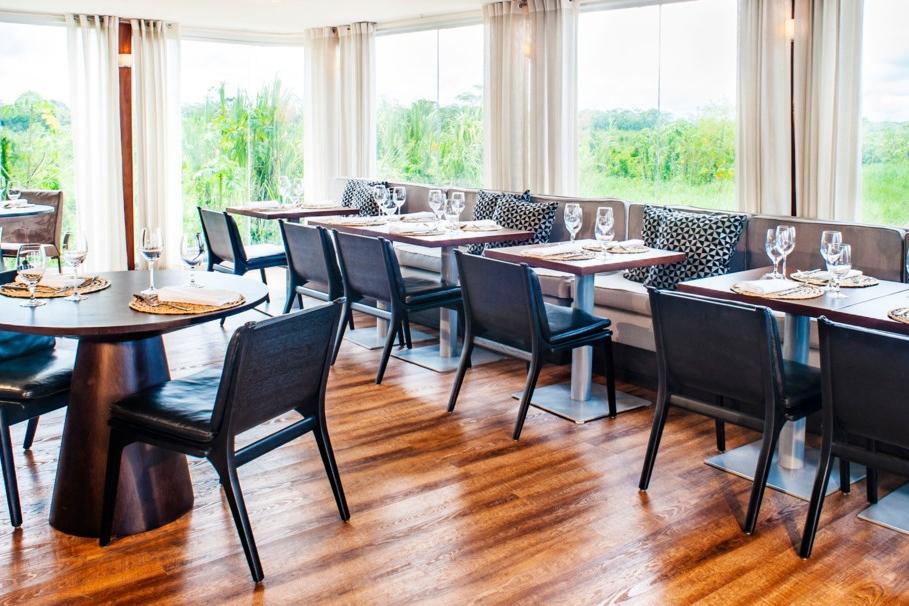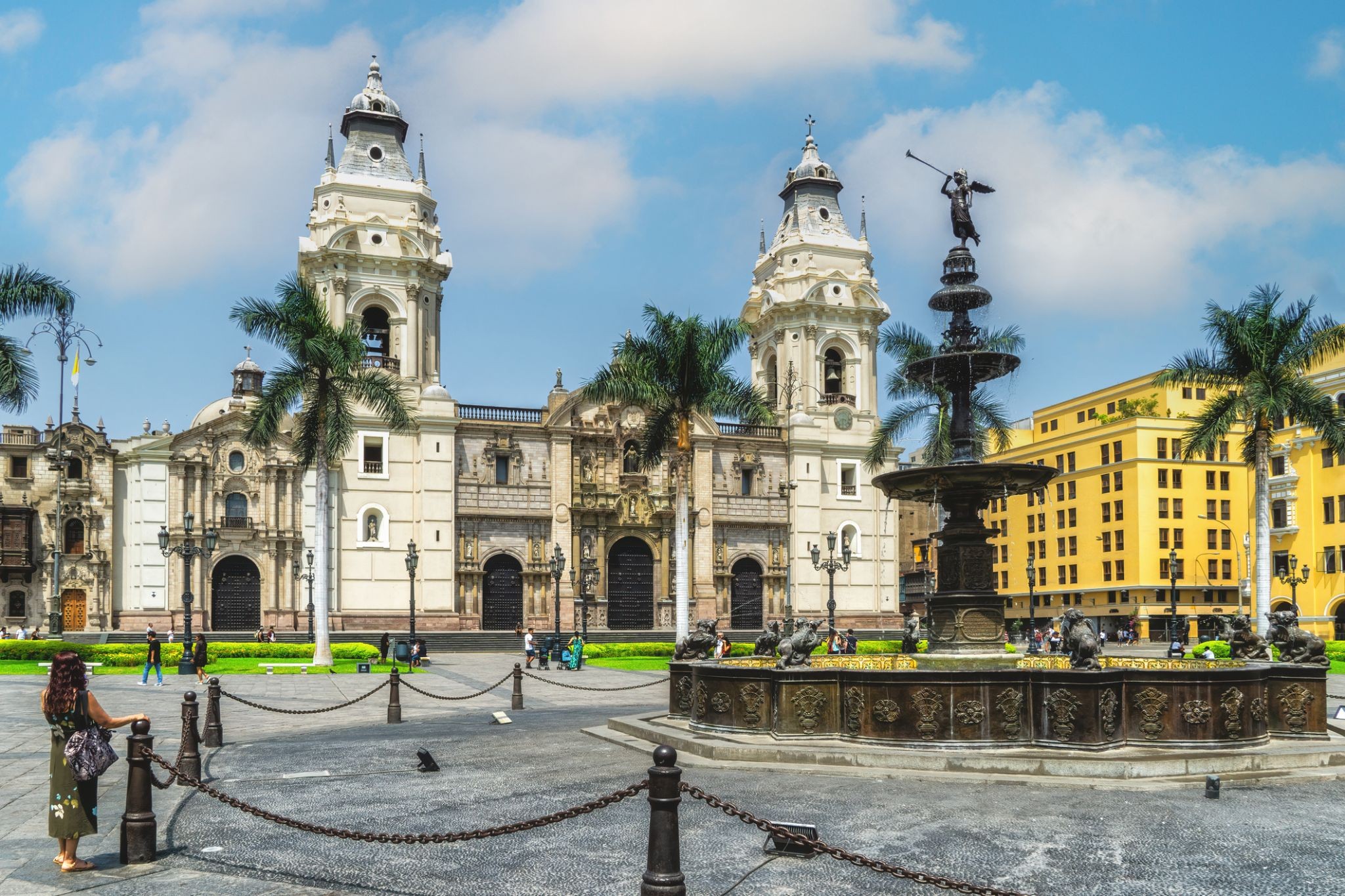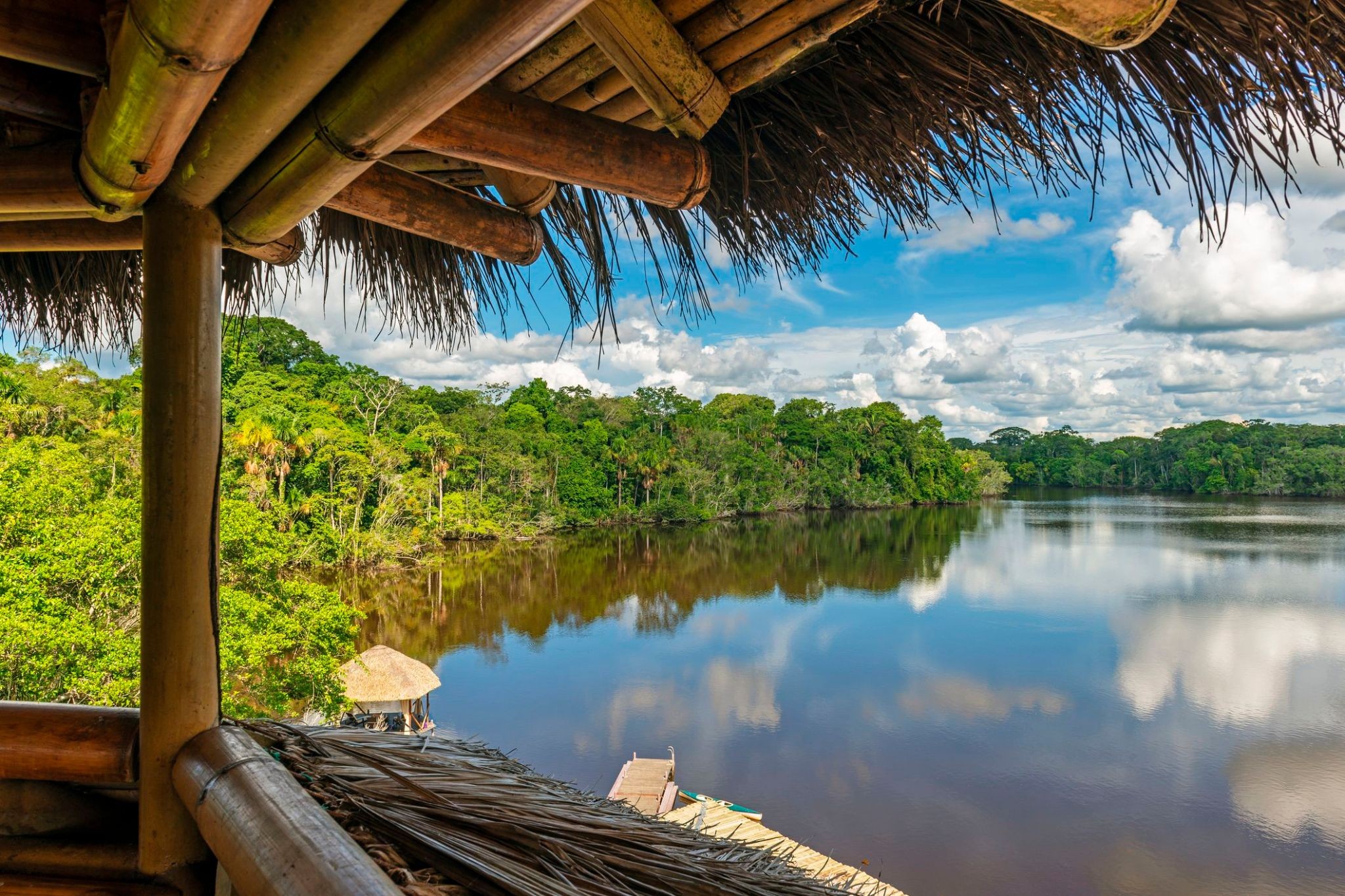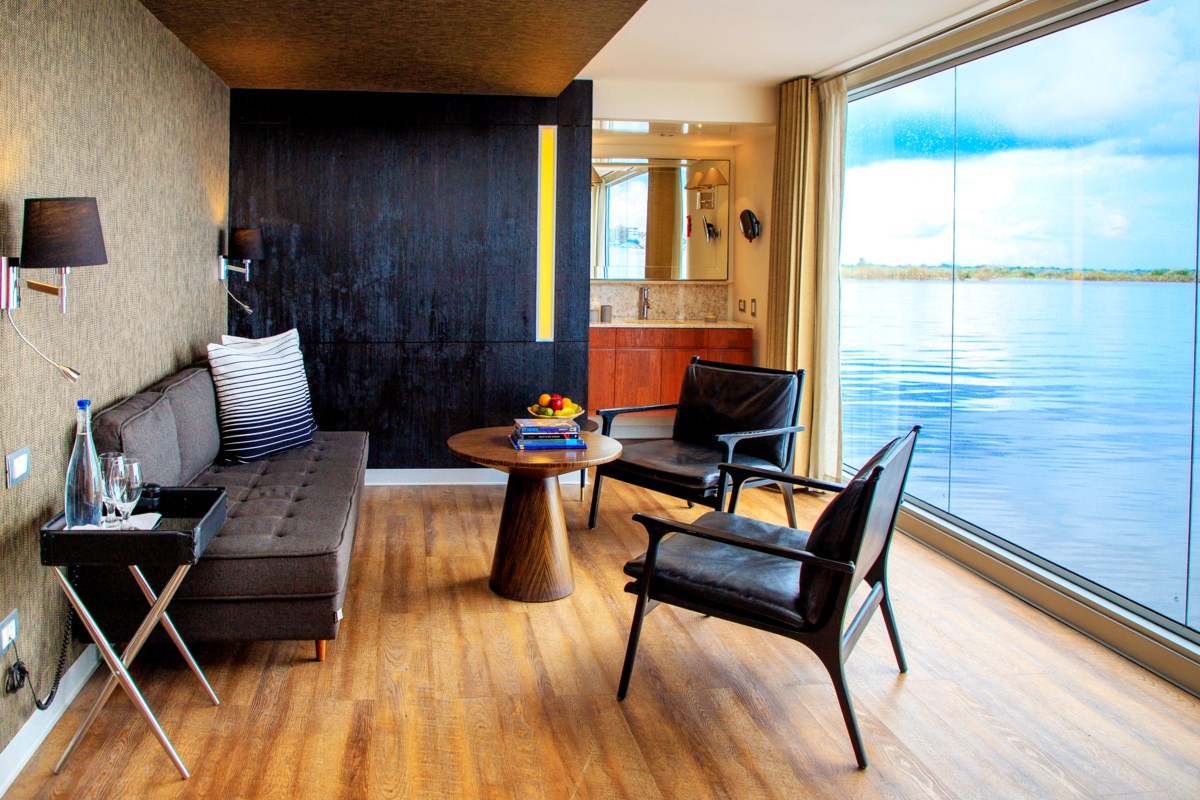Cruise: 30,877,306
Peruvian Rivers & Rainforest Discovery (2025)
| Company : Uniworld |
| Ship : Aria Amazon |
| Journey Start : Wed 14 May 2025 |
| Journey End : Sat 24 May 2025 |
| Count Nights : 10 nights |
Schedule
| Day | Date | Port |
|---|---|---|
| 1 | 14.05 Wed | Lima / Peru |
| 2 | 15.05 Thu | Lima / Peru |
| 3 | 16.05 Fri | Iquitos / Peru |
| 4 | 17.05 Sat | Amazon Rivers / Peru |
| 5 | 18.05 Sun | Amazon Rivers / Peru |
| 6 | 19.05 Mon | Bulls / Peru |
| 7 | 20.05 Tue | Amazon Rivers / Peru |
| 8 | 21.05 Wed | Amazon Rivers / Peru |
| 9 | 22.05 Thu | Amazon Rivers / Peru |
| 10 | 23.05 Fri | Bulls / Peru |
| 11 | 24.05 Sat | Lima / Peru |
DINING
All meals onboard, prepared using the finest and freshest ingredients
Captain’s Welcome and Farewell Receptions
Welcome and Farewell Gala Dinners
Unlimited beverages onboard, including fine wine, beer, spirits, specialty coffee and tea, soft drinks, and mineral water
EXCURSIONS
all fully hosted by English-speaking local experts
Guided “Let's Go” and “Village Day” programs
State-of-the-art Quietvox portable audio-headset system on all excursions
Use of bicycles and Nordic walking sticks
ACCOMMODATIONS
Lavishly appointed riverview staterooms and suites have handcrafted Savoir® Beds of England, high thread count 100% Egyptian cotton sheets and European duvets, and a menu of pillow options
Free Wi-Fi
EXPERIENCES
Services of an experienced Uniworld Cruise Manager
Cultural enrichment, including captivating onboard local entertainment
Gratuities for onboard personnel (ship staff, crew, Cruise/Tour Manager) are included during the cruise/tour
-
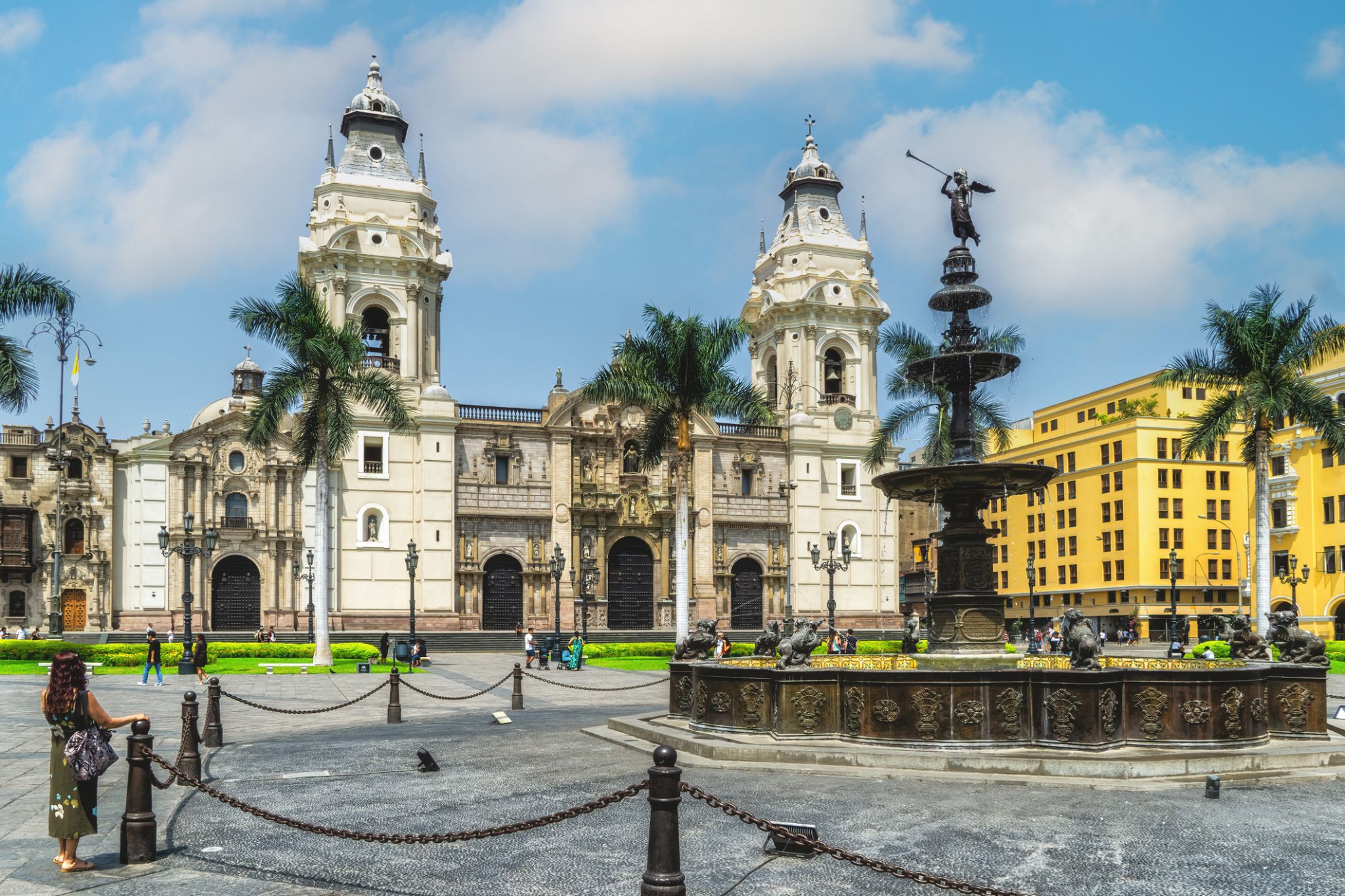 Day 1:
Day 1:Lima / Peru
Lima is the capital and the largest city of Peru. It is located in the valleys of the Chillón, Rímac and Lurín rivers, in the central coastal part of the country, overlooking the Pacific Ocean. Together with the seaport of Callao, it forms a contiguous urban area known as the Lima Metropolitan Area. With a population of more than 9 million, Lima is the most populous metropolitan area of Peru and the third-largest city in the Americas (as defined by "city proper"), behind São Paulo and Mexico City.
Lima was founded by Spanish conquistador Francisco Pizarro on January 18, 1535, as Ciudad de los Reyes. It became the capital and most important city in the Viceroyalty of Peru. Following the Peruvian War of Independence, it became the capital of the Republic of Peru. Around one-third of the national population lives in the metropolitan area.
-
 Day 2:
Day 2:Lima / Peru
Lima is the capital and the largest city of Peru. It is located in the valleys of the Chillón, Rímac and Lurín rivers, in the central coastal part of the country, overlooking the Pacific Ocean. Together with the seaport of Callao, it forms a contiguous urban area known as the Lima Metropolitan Area. With a population of more than 9 million, Lima is the most populous metropolitan area of Peru and the third-largest city in the Americas (as defined by "city proper"), behind São Paulo and Mexico City.
Lima was founded by Spanish conquistador Francisco Pizarro on January 18, 1535, as Ciudad de los Reyes. It became the capital and most important city in the Viceroyalty of Peru. Following the Peruvian War of Independence, it became the capital of the Republic of Peru. Around one-third of the national population lives in the metropolitan area.
-
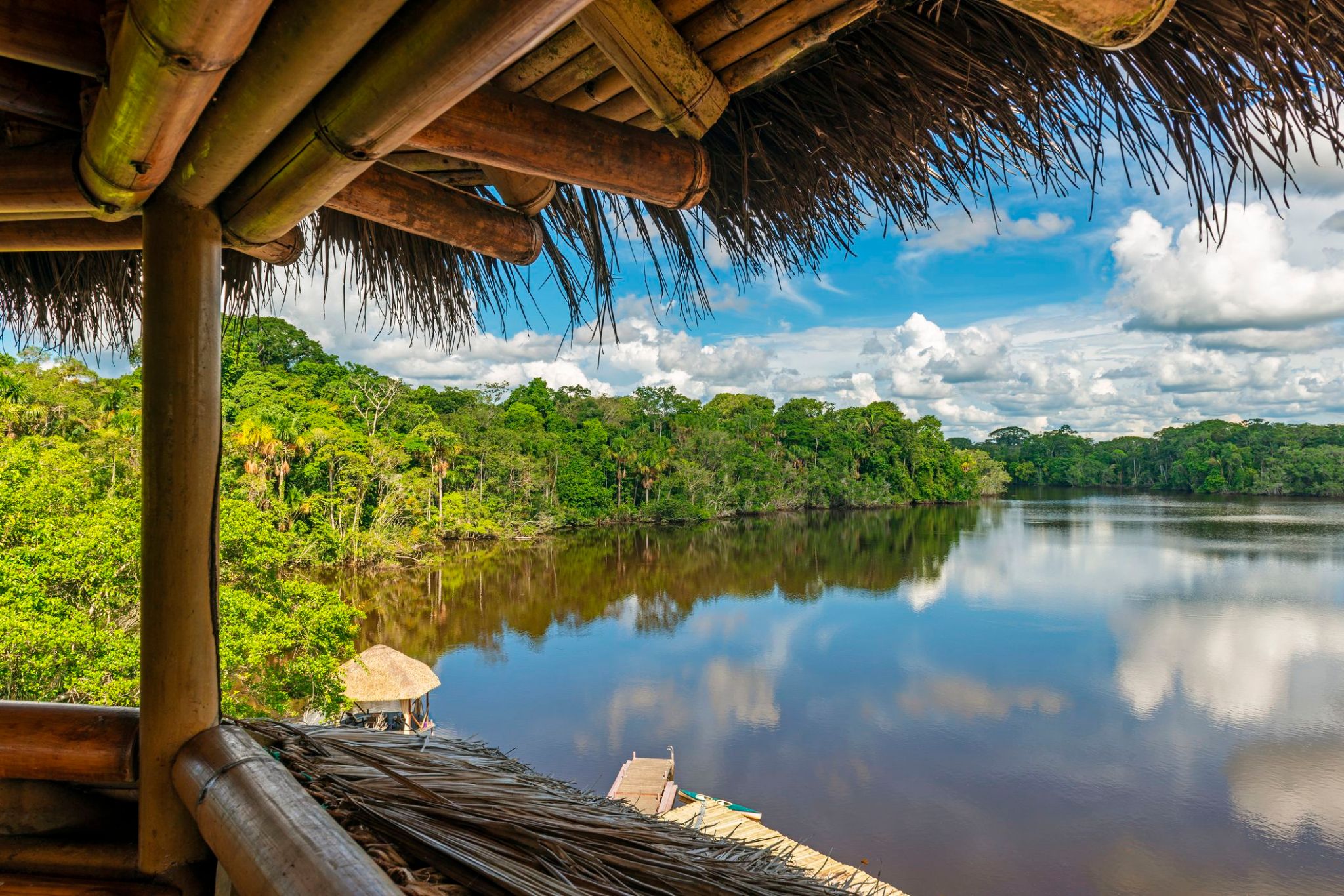 Day 3:
Day 3:Iquitos / Peru
Surrounded by endless jungle and accessible only by air or river, Iquitos is the largest city in the world that cannot be reached by road. Located in the heart of the Peruvian Amazon, it draws travelers with its unique location and atmosphere: ancient traditions, raw natural beauty, and traces of the colonial era blend here. As you stroll along the Malecón Tarapacá promenade, you'll hear Spanish mingling with Indigenous languages, and the local markets will surprise you with exotic fruits and crafts.
Iquitos is the gateway to real adventure: from here, Amazon cruises depart, jungle expeditions begin, and visits to shamanic villages offer deep encounters with biodiversity found nowhere else. The city is also rich in cultural heritage — rubber boom mansions, museums, and vibrant festivals make it not only a natural but also a cultural gem of the region.
-
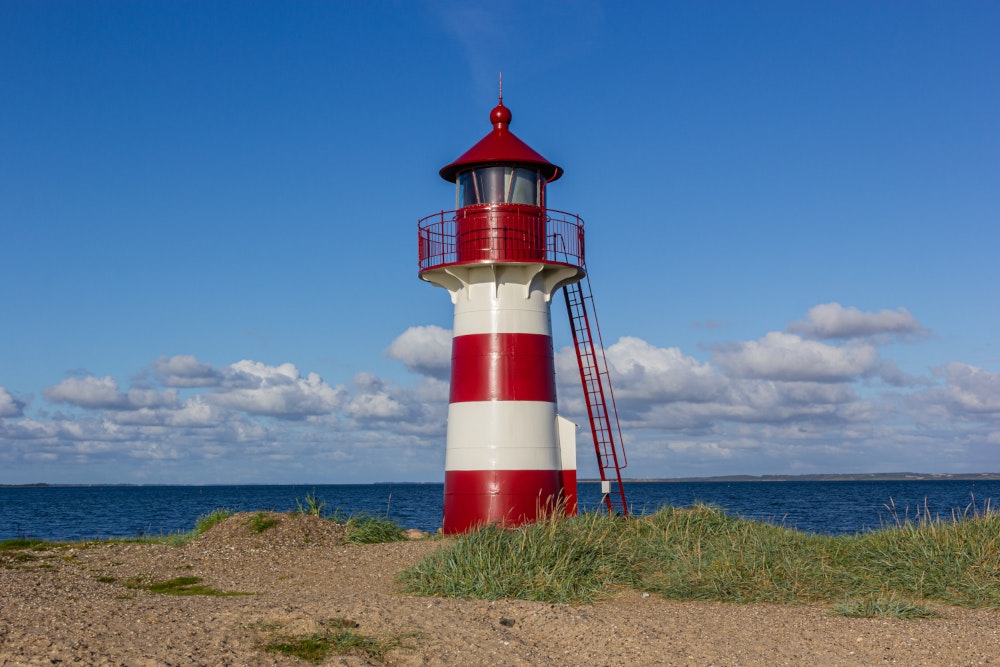 Day 4:
Day 4:Amazon Rivers / Peru
-
 Day 5:
Day 5:Amazon Rivers / Peru
-
 Day 6:
Day 6:Bulls / Peru
-
 Day 7:
Day 7:Amazon Rivers / Peru
-
 Day 8:
Day 8:Amazon Rivers / Peru
-
 Day 9:
Day 9:Amazon Rivers / Peru
-
 Day 10:
Day 10:Bulls / Peru
-
 Day 11:
Day 11:Lima / Peru
Lima is the capital and the largest city of Peru. It is located in the valleys of the Chillón, Rímac and Lurín rivers, in the central coastal part of the country, overlooking the Pacific Ocean. Together with the seaport of Callao, it forms a contiguous urban area known as the Lima Metropolitan Area. With a population of more than 9 million, Lima is the most populous metropolitan area of Peru and the third-largest city in the Americas (as defined by "city proper"), behind São Paulo and Mexico City.
Lima was founded by Spanish conquistador Francisco Pizarro on January 18, 1535, as Ciudad de los Reyes. It became the capital and most important city in the Viceroyalty of Peru. Following the Peruvian War of Independence, it became the capital of the Republic of Peru. Around one-third of the national population lives in the metropolitan area.

